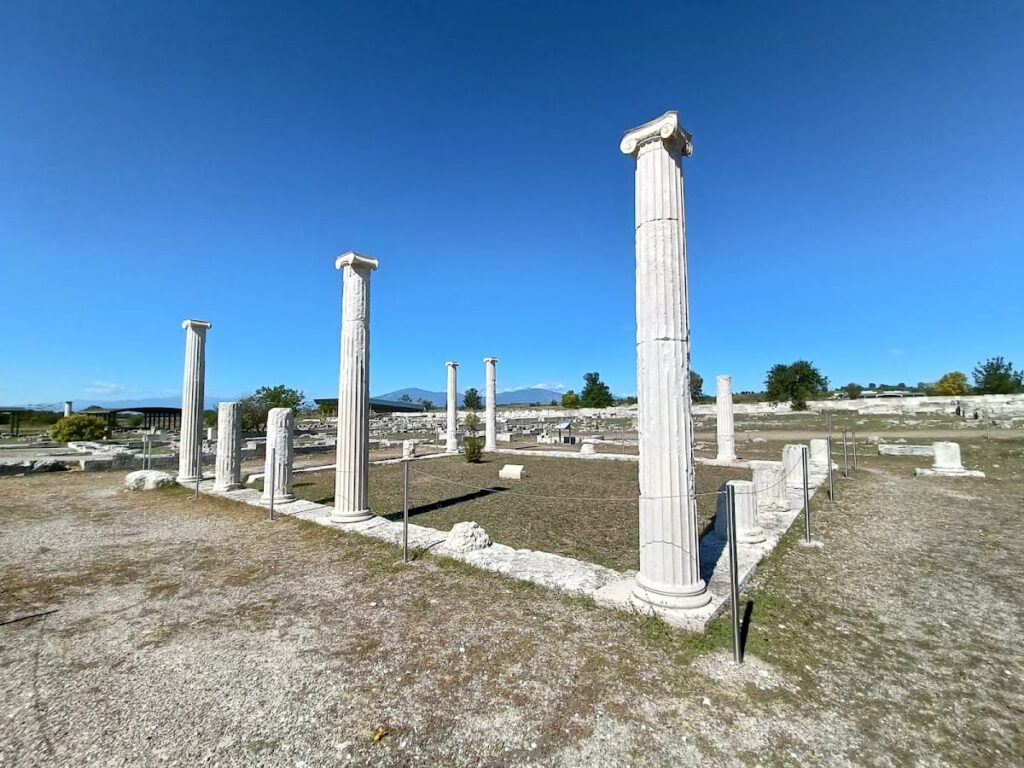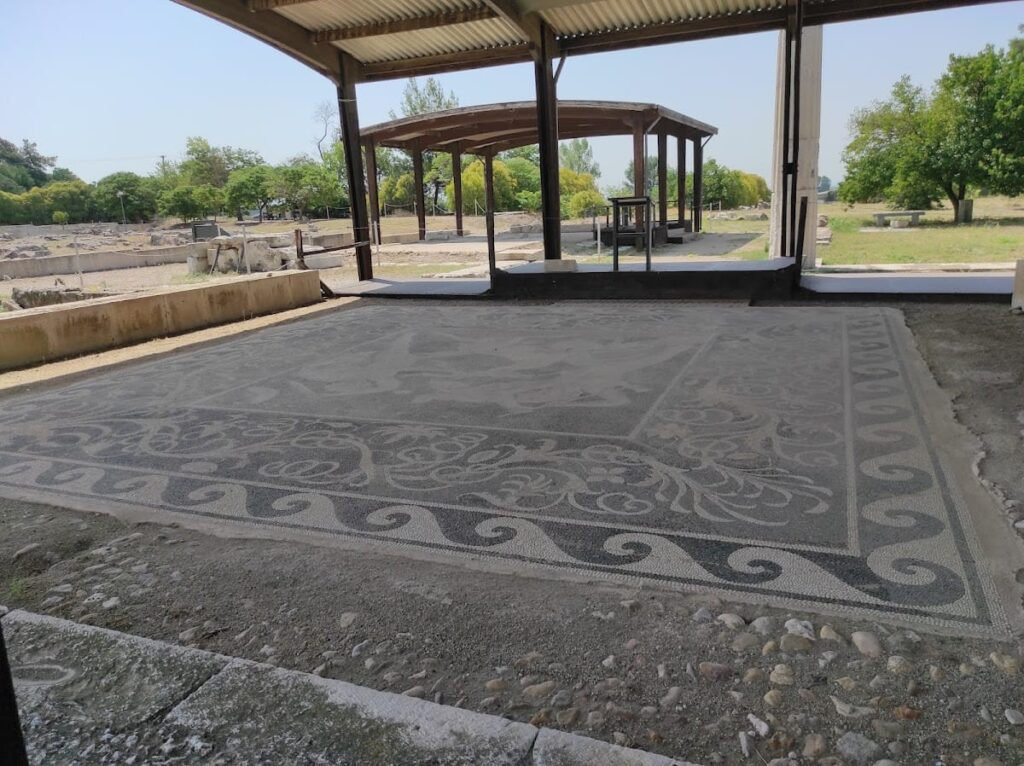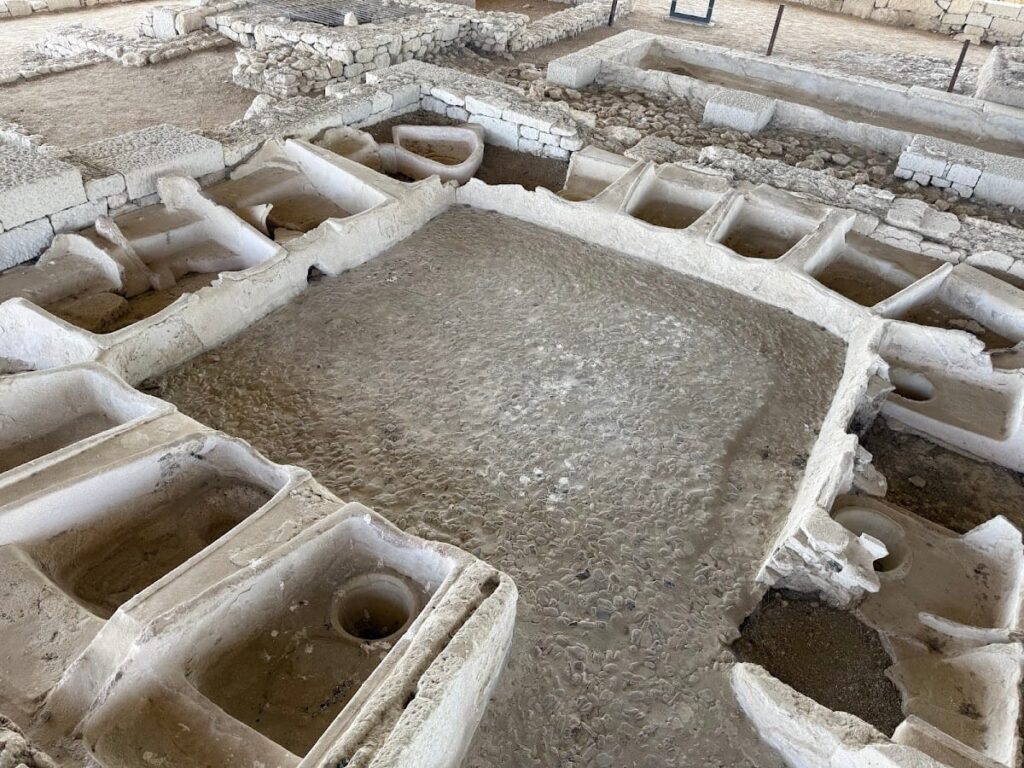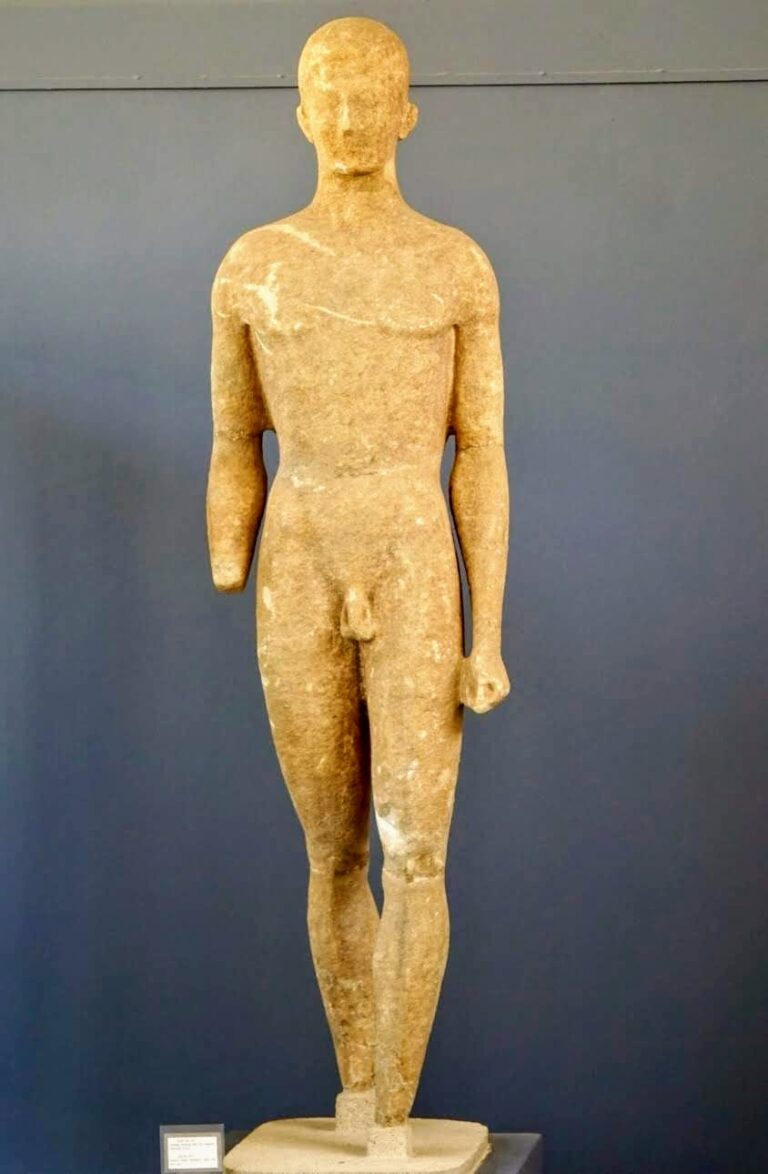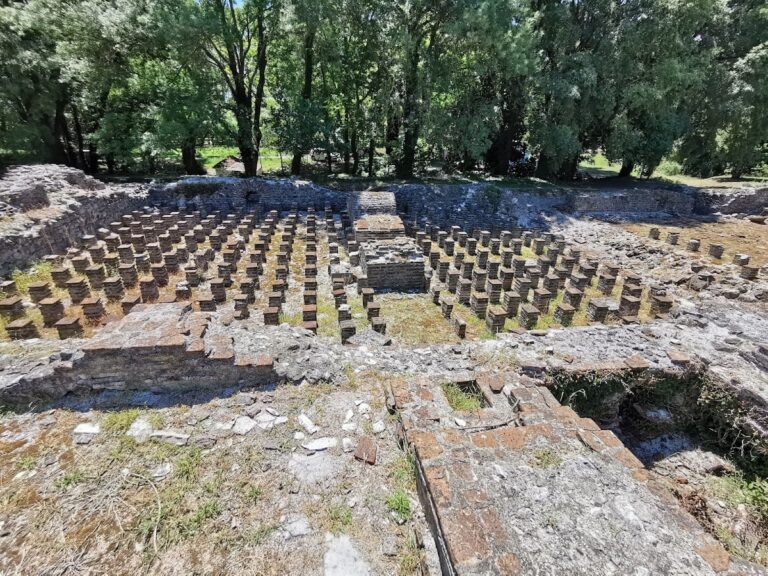Pella: The Ancient Macedonian Capital and Archaeological Site
Visitor Information
Google Rating: 4.4
Popularity: Medium
Google Maps: View on Google Maps
Official Website: odysseus.culture.gr
Country: Greece
Civilization: Byzantine, Greek, Roman
Remains: City
History
The Archaeological Site of Pella is located in northern Greece and was established by the ancient Macedonian civilization. It likely became the capital of Macedon at the start of the 4th century BC under King Archelaus I, replacing the earlier capital Aigai. Some evidence suggests that Amyntas III may have founded the city earlier. Pella is historically significant as the birthplace of Philip II in 382 BC and his son Alexander the Great in 356 BC.
During the 4th century BC, Pella grew into the largest and wealthiest city in Macedonia. It flourished particularly under the reigns of Cassander and Antigonus II, serving as a political and economic center. The city’s strategic location near the Thermaic Gulf made it an important port, mentioned in accounts of Xerxes’ invasion of Greece and in Macedonian conflicts with neighboring Thracian tribes.
In 168 BC, Pella was captured and sacked by Roman forces during the Third Macedonian War. This event marked the beginning of the city’s decline, as Thessalonica rose in prominence. Around 90 BC, an earthquake destroyed much of the city, which was subsequently rebuilt. Between 45 and 30 BC, Pella was established as a Roman colony, but it never fully adopted Roman legal systems or customs.
Pella remained inhabited through the Roman period and into late antiquity, continuing until at least the 4th century AD. During this time, it was renamed Diocletianopolis, reflecting the influence of the Roman Emperor Diocletian. Later, the site hosted a Byzantine fortified village, indicating continued occupation and strategic importance in the early medieval period.
Archaeological excavations began in the early 20th century, with systematic digs starting in 1953. These efforts uncovered royal tombs, a large palace complex, and other significant structures.
Remains
Pella was designed following the Hippodamian plan, a grid layout featuring eight rows of rectangular city blocks. Each block measured roughly 45 meters wide and between 111 and 152 meters long. Streets intersected these blocks at widths of 9 to 10 meters, with a main east-west street reaching up to 15 meters wide. This main street led to a central agora, or marketplace, covering about seven hectares, equivalent to ten city blocks.
The agora was surrounded by colonnaded stoas, which are covered walkways supported by columns. Nearby, enclosed houses featured walls decorated with frescoes and floors made of pebble mosaics. These mosaics depicted scenes such as lion hunts and the god Dionysus riding a panther. Temples dedicated to the goddesses Aphrodite, Cybele, and Demeter were also located within the city.
The palace complex stood on a hill about 70 meters high, north of the main city area. It covered approximately 75,000 square meters and was built on terraces ascending from southwest to northeast. The palace consisted of several architectural groups with rooms arranged around courtyards and porticos, or covered walkways. Its south facade featured a portico at least 153 meters long, raised on a foundation two meters high.
A notable feature of the palace was a triple propylaeum, a monumental gateway about 15 meters tall, which interrupted the long portico and created an imposing entrance. The complex included a palaestra, an open area used for athletic training, and baths dating to the reign of Cassander. These elements suggest the palace served both as a royal residence and an administrative center.
City walls have been partially uncovered, consisting of crude brick ramparts built on stone foundations. These walls were located north of the palace and near a southern lake. The site also had an extensive system for piped water supply and waste disposal, indicating advanced urban planning.
Excavations revealed richly furnished tombs dating from the 6th to the 3rd centuries BC. Some graves belonged to warriors and contained bronze helmets and gold mouthplates. Many tombs featured painted sculptures and inscriptions. Artifacts from these finds are preserved in the Archaeological Museum of Pella. Restoration of the palace and other structures continues.
